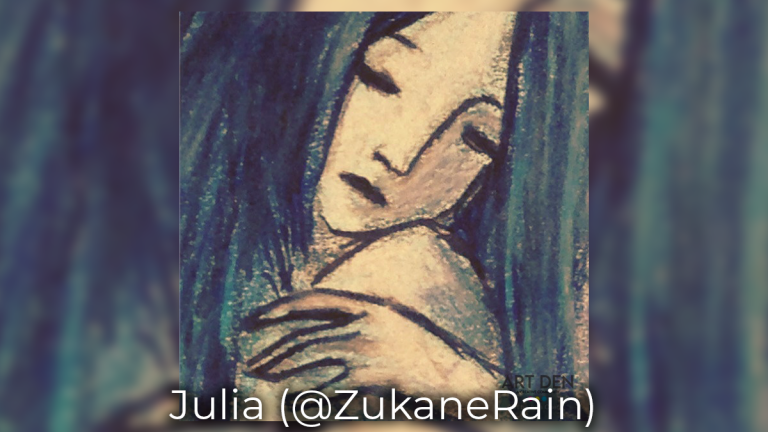Ever wonder how certain styles and techniques came to shape the art world? Over time, different art movements have left a colorful impact, influencing not only how we create art but also how we see the world. These movements continue to inspire artists today in so many exciting ways.
Let’s take a quick look at five influential art movements that changed the world and explore how their ideas continue to resonate with contemporary creators. Even if you’re not an artist, these movements offer a glimpse into the creative power of transformation and innovation.
1. Impressionism: A New Way of Seeing
Let’s kick things off with Impressionism — a movement that broke away from traditional, detailed paintings and introduced a fresh, spontaneous approach to capturing the world. Artists like Claude Monet, Edgar Degas, and Pierre-Auguste Renoir painted scenes of everyday life, using short, visible brushstrokes and vibrant colors to convey light and movement.
What made this movement revolutionary was its focus on perception rather than realism. Impressionists were more interested in capturing the feeling of a moment than painting a perfect likeness of their subject. This approach changed the game for artists, encouraging experimentation and creativity over technical precision.
How it Inspires Today’s Artists:
Impressionism’s legacy lives on in how artists use color and texture to evoke emotion. Modern painters, digital artists, and even photographers are inspired by its focus on capturing moments and atmospheres rather than striving for photographic realism. Today’s creators often incorporate loose brushwork, abstract interpretations of light, and a focus on everyday scenes in their work, keeping the spirit of the movement alive.
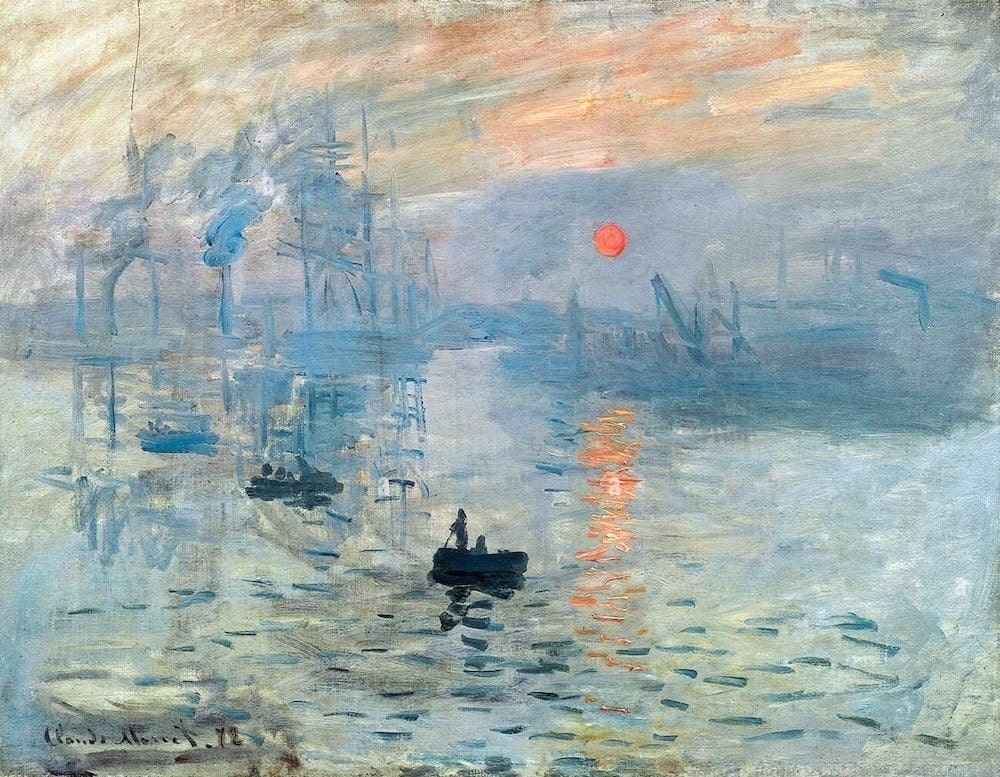
2. Cubism: Breaking the Mold
Ever see a Picasso painting and wonder, “What exactly am I looking at?” That’s the beauty of Cubism! Pioneered by Pablo Picasso and Georges Braque, Cubism took a radical approach by breaking down subjects into geometric shapes and reassembling them from multiple perspectives. It was a complete departure from the traditional notion of painting a single viewpoint.
Cubism shattered the idea that art had to be an exact reflection of reality. Instead, it invited viewers to see the world in fragments, sometimes from angles they wouldn’t normally consider.
How it Inspires Today’s Artists:
Cubism continues to influence today’s art, especially in abstract and geometric designs. You’ll find its traces in everything from modern painting and sculpture to graphic design and street art. By embracing abstraction and exploring different angles or perspectives, contemporary artists find new ways to interpret subjects, pushing the boundaries of how we experience visual art.
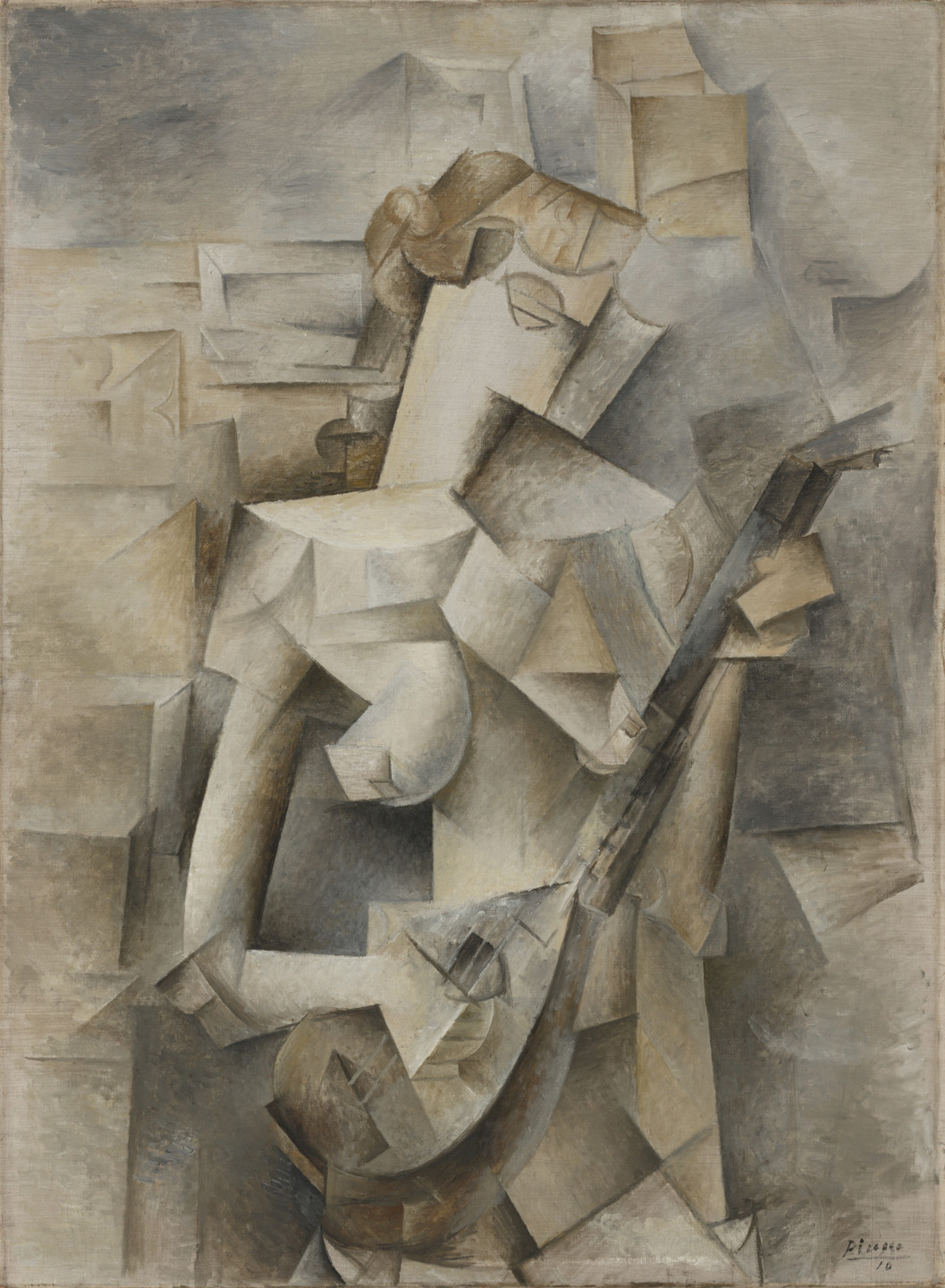
3. Surrealism: Dreamscapes and the Unconscious Mind
With Surrealism, the art world took a deep dive into the subconscious. Led by artists like Salvador Dalí, Max Ernst, and René Magritte, Surrealism explored the boundaries between dreams and reality, often resulting in strange, fantastical scenes. It was a movement inspired by the idea that our inner thoughts, desires, and fears are as worthy of exploration as the physical world around us.
By tapping into the unconscious mind, Surrealists created bizarre yet captivating works that defied logic, often using unexpected juxtapositions or dream-like imagery.
How it Inspires Today’s Artists:
Surrealism’s influence is still widely felt in many creative fields. Digital artists, filmmakers, and animators often incorporate surreal elements into their work, creating dreamlike environments and abstract concepts that challenge viewers to interpret meaning. Artists today are still fascinated by the boundary between reality and imagination, drawing from Surrealism’s use of symbolism and exploring the subconscious in new ways.

4. Pop Art: Everyday Life as High Art
In the 1950s and 60s, Pop Art turned the art world on its head by taking inspiration from popular culture and everyday objects. Artists like Andy Warhol, Roy Lichtenstein, and Richard Hamilton used imagery from advertisements, comic books, and mass media to blur the line between “high” and “low” art.
Pop Art was a response to the consumerism of post-war society, and it celebrated (and critiqued) the rise of celebrity culture and commercial goods. The movement made a statement: art could be found in the ordinary, and even the most mundane subjects could be elevated to high art.
How it Inspires Today’s Artists:
Pop Art paved the way for modern art movements like street art and graphic design. Today’s artists continue to draw from Pop Art’s bold, graphic style and its commentary on consumer culture. Social media, branding, and celebrity culture play huge roles in contemporary art, with many artists using these themes to explore how modern life shapes our identities and values. Plus, the bright, bold color palettes of Pop Art are still all the rage!
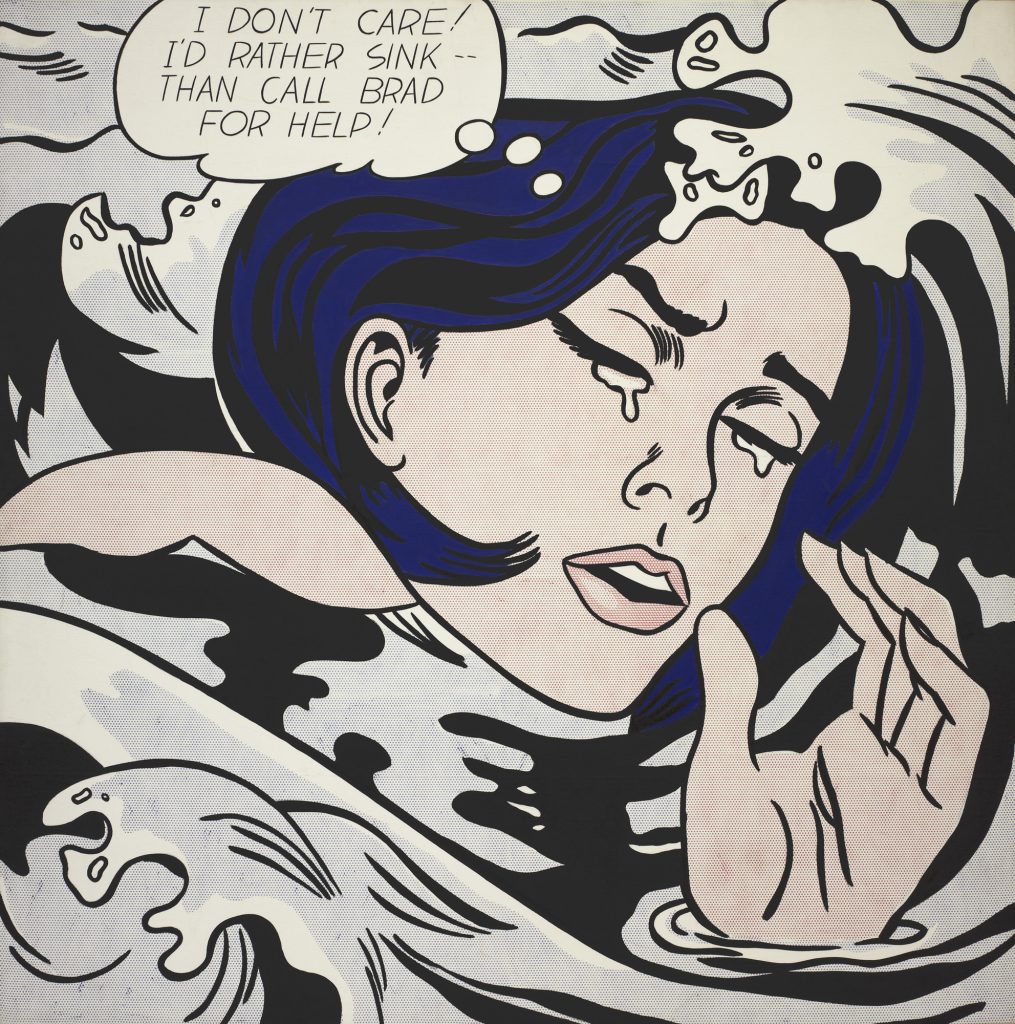
5. Abstract Expressionism: Emotion in Every Stroke
If you’ve ever seen a Jackson Pollock painting, you’ve experienced the raw energy of Abstract Expressionism. Emerging in the 1940s and 50s, this movement emphasized spontaneous, expressive brushwork and the emotional experience of creating art. Rather than depicting scenes or objects, Abstract Expressionists focused on using color, form, and texture to communicate feelings.
Artists like Pollock, Willem de Kooning, and Mark Rothko wanted their art to be an experience—something that connected deeply with the viewer’s emotions rather than representing anything specific.
How it Inspires Today’s Artists:
Abstract Expressionism’s emphasis on emotional expression continues to resonate with artists today. Many contemporary creators embrace the freedom to paint outside the lines, prioritizing emotional impact over representation. You’ll see this movement’s influence in abstract art, where texture, form, and color are used to stir emotions, whether through painting, sculpture, or even performance art.
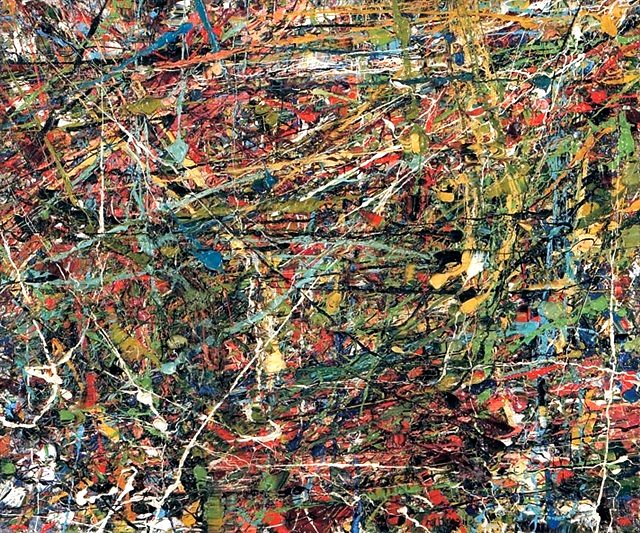
Wrapping Up
Traveling from Impressionism’s brushstrokes to Pop Art’s playful take on consumer culture, these movements have left a lasting legacy that continues to inspire today’s artists. Each one brought something new and exciting to the table, challenging the norms of its time and opening up new possibilities for what art could be.
As artists today continue to push boundaries and find fresh ways to express themselves, they’re standing on the shoulders of these transformative movements. Remember that art is a constantly evolving journey, and you’re part of that exciting legacy.
Who knows? Maybe you’ll be the one to spark the next big movement.


